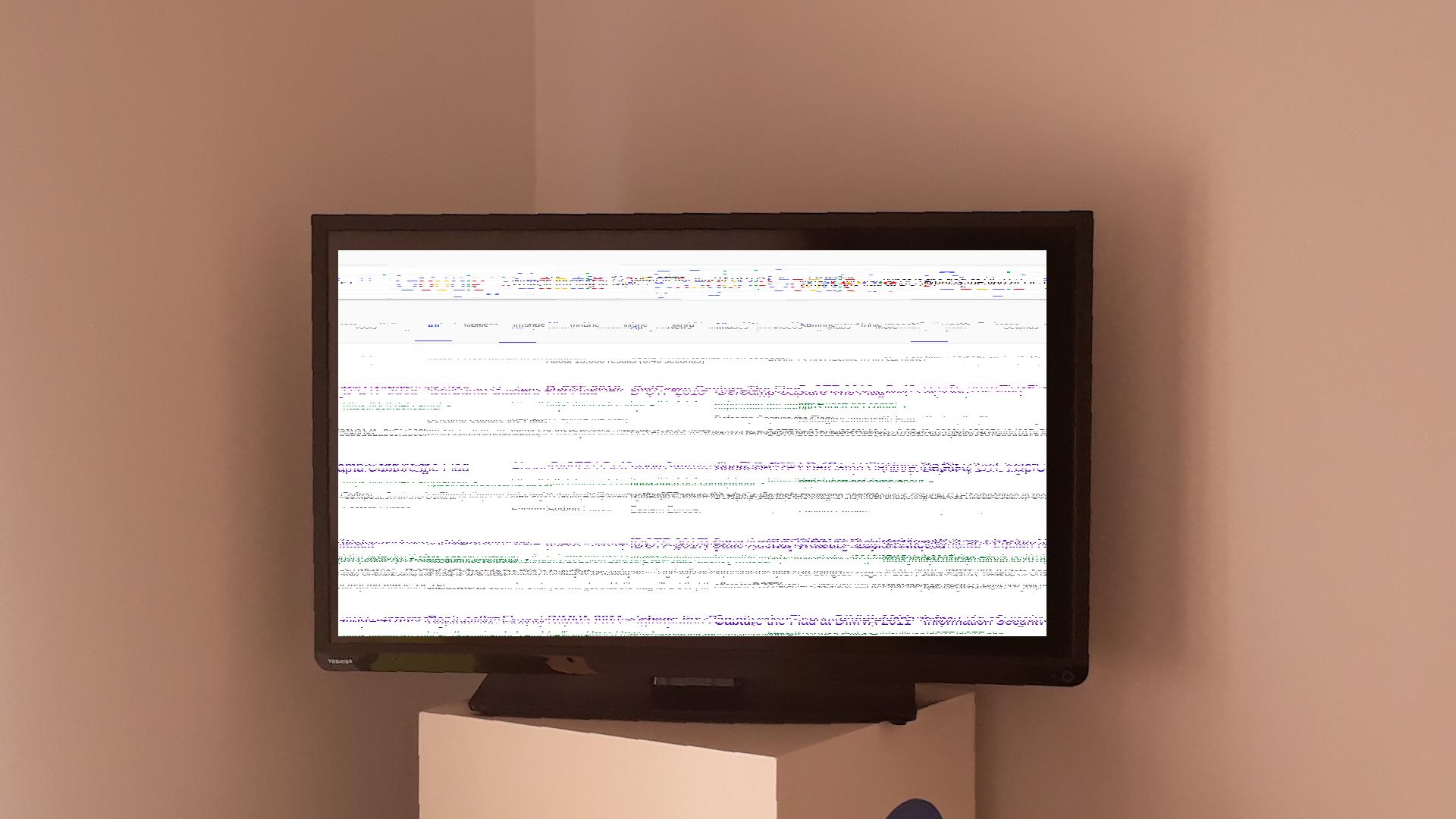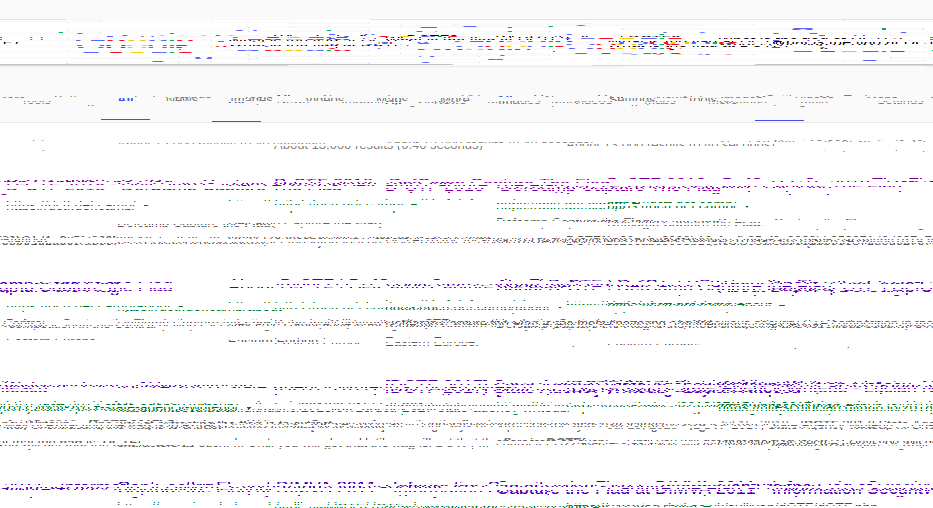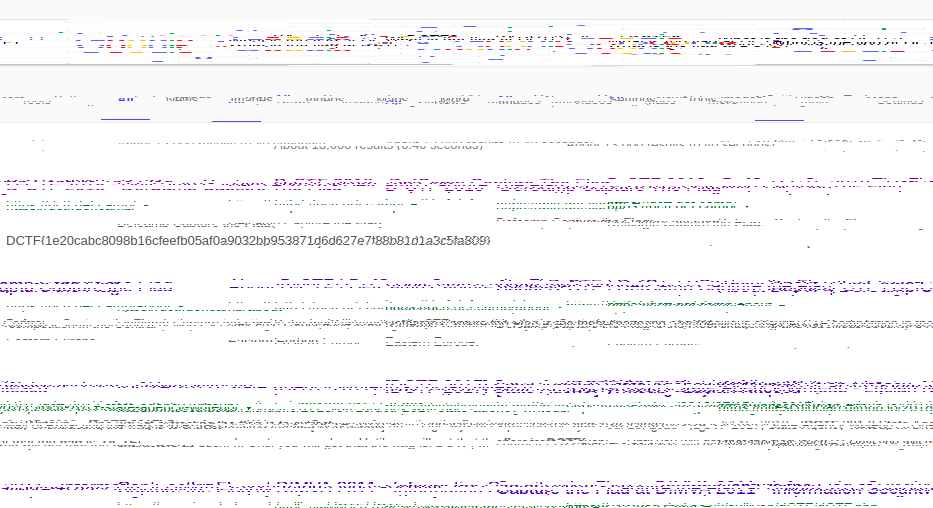The challenge gives us this image:

Watching in detail the pixels, we can convince ourselves that the image is simply shifted by rows.
We start by isolating the display (in Python):
1
2
3
4
5
| from PIL import Image
im=Image.open('dctfbrokentv_1.png')
im=im.crop((446,330,1379,838))
im.save('dctfbrokentv_2.png')
|
The code returns this image:

Now, let’s start guessing the rows to shift and how much we have to shift them. After a few attempts, we find the flag:

The code is the following:
1
2
3
4
5
6
7
8
9
10
11
12
13
14
15
16
17
18
19
20
21
22
23
24
25
26
27
28
29
30
31
32
| from PIL import Image
def roll(image, delta,y):
xsize, ysize = image.size
ysize=y
delta = delta % xsize
if delta == 0: return image
part1 = image.crop((0, ysize, delta, ysize+1))
part2 = image.crop((delta, ysize, xsize, ysize+1))
image.paste(part2, (0, ysize, xsize-delta, ysize+1))
image.paste(part1, (xsize-delta, ysize, xsize, ysize+1))
return image
shift=[0]
for i in range(506):
shift.append(0)
shift[236]=560
shift[238]=222
shift[239]=490
shift[240]=379
shift[241]=490
shift[242]=111
shift[243]=712
shift[244]=560
im=Image.open('dctfbrokentv_2.png')
for i in range(507):
roll(im,shift[i],i)
im=im.convert('RGB')
im.save('dctfbrokentv_3.png')
|
DCTF{1e20cabc8098b16cfeefb05af0a9032bb953871d6d627e7f88b81d1a3c5fa809}


